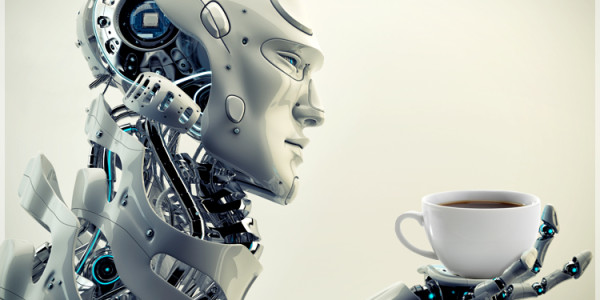It may seem strange to talk about human-robot interaction as though it’s uncharted waters. After all, manufacturers have been using industrial machinery for over two and a half centuries. We saw the first modern industrial robot in 1954, and manufacturers have relied heavily on industrial robots since the 1980s. So, human-robot interaction isn’t exactly new. The types of robots designed and built today are quite different from the industrial robots currently driving manufacturing, however. With artificial intelligence the seemingly inevitable goal for roboticists, the future of human-robot interaction is, in fact, a new world.
Not your father’s robots
Until recently, robots were simply tools. With motion control systems such as Indramat, for example, you provide your industrial machinery with commands, and they follow those commands without thought or question until you tell your machines to stop, or until they break.
The capabilities of robots are changing, though, and the way that people interact with robots is changing. Look at collaborative robots. Collaborative robots are responsive and versatile, and they’re intended to enhance what humans do rather than simply act as a tools that carry out human commands.
But even though collaborative robots change the way in which humans interact with machines, they’re just the beginning. The real uncertainty surrounding human-robot interactions comes from the robots that don’t yet exist.
European Parliament proposes robot regulations
The report touches on important questions about the capabilities of robots in the future and the potential outcomes of the actions of these robots. Should the designers of robots be held responsible for a robots actions? To what extent is the designer responsible for what a robot does? Should robots have a legal status as “electronic persons”? The report covers these questions, and even recommends robots come equipped with kill switches.
While robot regulations may not seem necessary at the immediate moment, it’s important to set the framework for robots of the future. This is especially true when you consider artificial intelligence, and the growing importance of robots in our everyday lives.
Until then, make sure that your robots are happy. Keep your Indramat motion control system running like it should. Call us today at 479-422-0390 for any of your Indramat repair, service, or maintenance needs.
